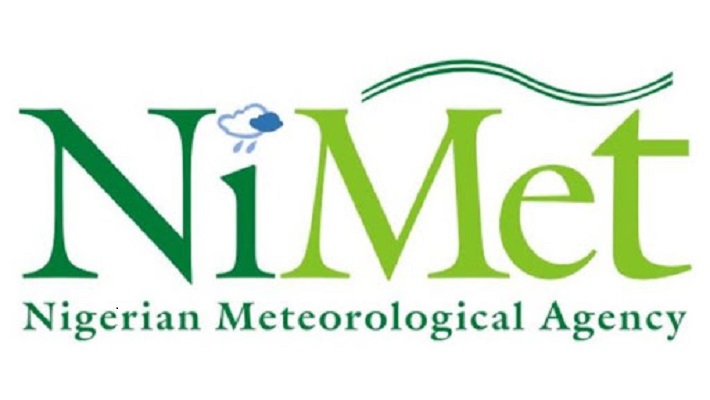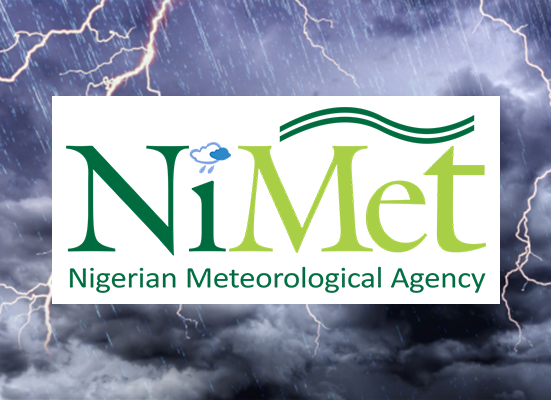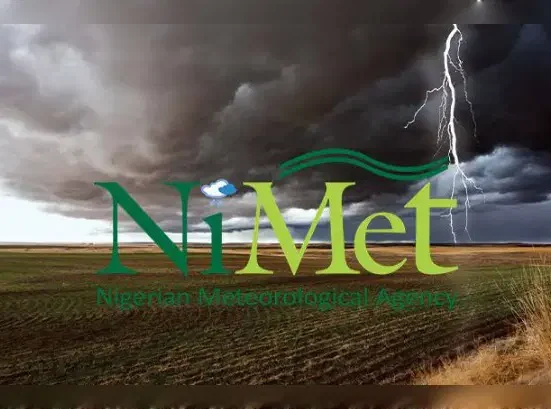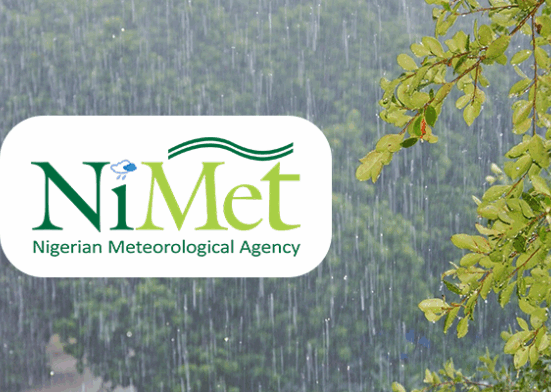The Nigerian Meteorological Agency (NiMET) has sounded the alarm over the high risk of cholera outbreaks and other waterborne diseases in parts of the country as it released its 2025 Seasonal Climate Prediction. The forecast warns of severe health and environmental consequences due to anticipated heavy rainfall and widespread flooding across multiple states.
In its detailed outlook published on Monday, NiMET listed Lagos, the Federal Capital Territory, Kaduna, Ebonyi, Cross River, Abia, and Akwa Ibom as among the most vulnerable states, especially in densely populated and flood-prone communities where open defecation and poor sanitation persist. The agency noted that in coastal regions, a combination of increased rainfall, rising sea temperatures, and storm surges could heighten the risk of inundation and trigger a spike in water-related diseases.
NiMET cautioned that the expected flooding may significantly raise the chances of cholera outbreaks, as floodwaters are likely to contaminate drinking water sources in areas where sanitation is already inadequate. “In communities where open defecation is still practiced, faecal matter washed into water sources during floods will pose a major public health risk,” the report warned.
The agency further identified the potential for increased cases of malaria, meningitis, and heat-related illnesses such as dehydration, heatstroke, and respiratory complications, all of which could be worsened by erratic weather patterns and poor access to healthcare in remote or displaced communities.
Even in regions projected to experience near-normal rainfall, NiMET said that intense, short-duration storms could result in flash flooding, threatening homes, farmlands, and essential infrastructure. It warned that damp environmental conditions will likely encourage fungal growth, which could in turn lead to a rise in respiratory infections, especially in vulnerable populations.
Lagos, Delta, Bayelsa, Cross River, Rivers, and Akwa Ibom are expected to record the highest number of rainy days in 2025, with figures ranging from 250 to 290 days. A second category of states—including Ogun, Oyo, Ekiti, Osun, Ebonyi, Anambra, and Enugu—are forecast to receive between 200 and 250 days of rainfall.
For the central region, NiMET projected that states such as Niger, Kogi, Benue, Plateau, Nasarawa, Kwara, and the FCT will experience between 150 and 200 rainy days. In the northern corridor, Sokoto, Katsina, Zamfara, Kano, Jigawa, Yobe, and Borno will likely see 110 to 150 rainy days. Total rainfall for the year is expected to vary significantly, ranging from 405 mm in the far north to as much as 3,010 mm in coastal regions.
While a majority of the country is expected to witness normal to below-normal rainfall in comparison to long-term historical averages, a few states—including Kaduna, Ebonyi, Cross River, Lagos, Abia, Akwa Ibom, and the FCT—are predicted to experience above-normal precipitation, increasing the potential for flooding in those areas.
The onset of the rainy season is expected to occur between March and April in most southern states, including Lagos, Ogun, Ondo, Ekiti, Edo, Cross River, Enugu, Ebonyi, Imo, Abia, and Anambra. For the central belt, rainfall will likely begin between April and May, affecting Niger, Kwara, Kogi, Benue, Plateau, Nasarawa, Taraba, and the FCT. In the north, the rains are forecast to start between early June and July, with some delays projected in parts of Plateau, Kaduna, Niger, Benue, Nasarawa, Taraba, Adamawa, and Kwara.
Conversely, early rainfall onset is predicted for Delta, Bayelsa, Rivers, Anambra, and parts of Oyo, Ogun, Osun, Ondo, Lagos, Edo, Enugu, Imo, and Ebonyi, while the remaining parts of the country are expected to experience onset at normal dates.
NiMET also flagged concerns over dry spells that could disrupt agricultural activities. In Oyo State, areas such as Saki, Iseyin, Ogbomosho, Atisbo, Orelope, Itesiwaju, Olorunsogo, Kajola, Iwajowa, and Ori Ire are predicted to experience severe dry spells lasting more than 15 days. Moderate dry spells of up to 15 days may occur in Ekiti, Osun, Ondo, Ogun, Edo, Ebonyi, Anambra, Imo, Abia, Cross River, Delta, Bayelsa, and Akwa Ibom. Northern states may face more extreme conditions, with dry spells lasting up to 21 days during the peak rainy season, typically between June and August.
NiMET concluded its projection by noting that the cessation of rainfall in 2025 will vary across regions, beginning in early October in the northern states and extending as late as mid-December in coastal areas. The season is expected to wrap up between October 6 and December 17 nationwide.
The agency urged local and state governments, emergency response agencies, health officials, and the general public to prepare ahead of time to mitigate the impact of the impending weather patterns, which could have far-reaching consequences for health, agriculture, and infrastructure.







